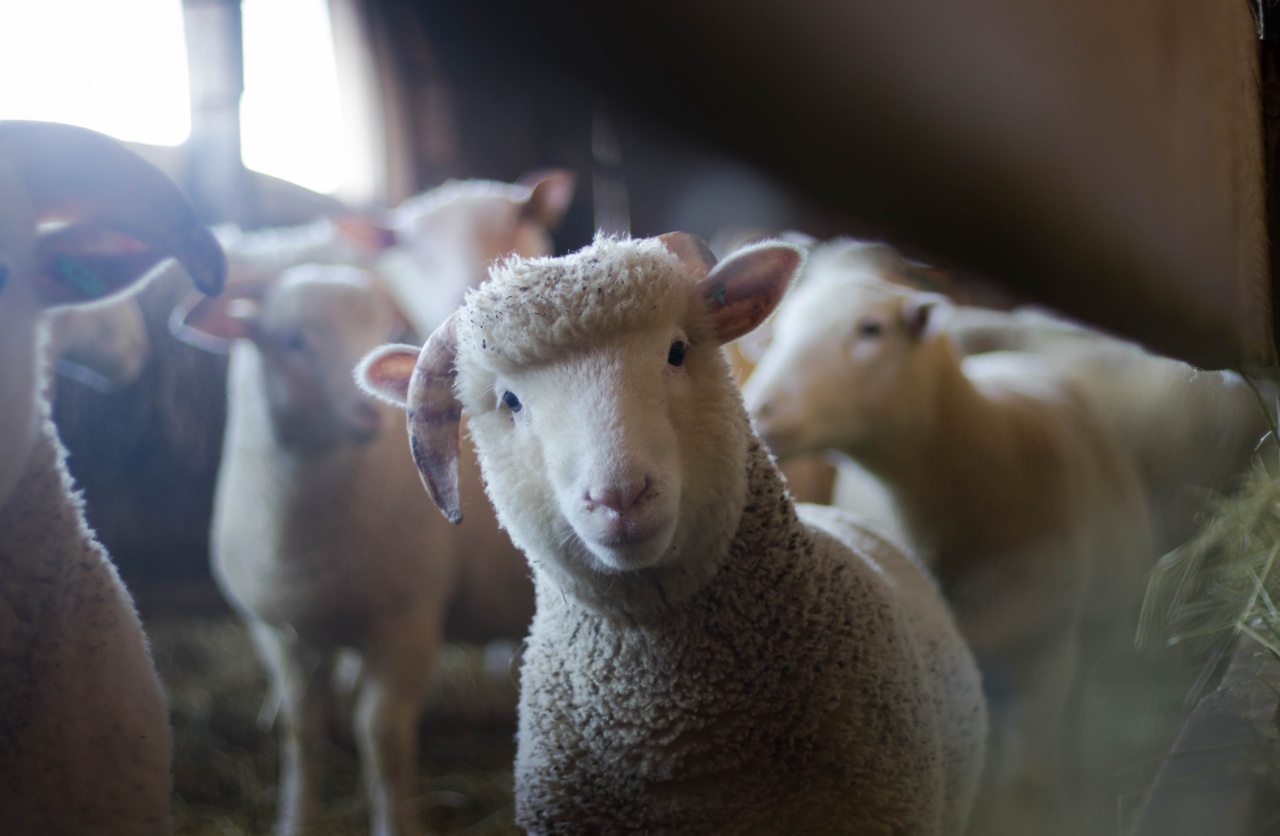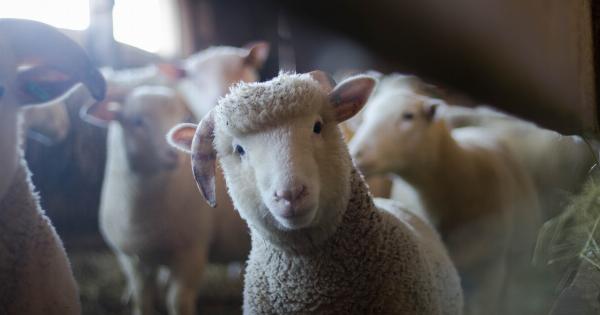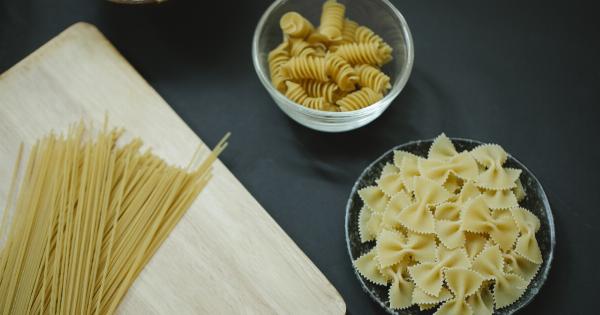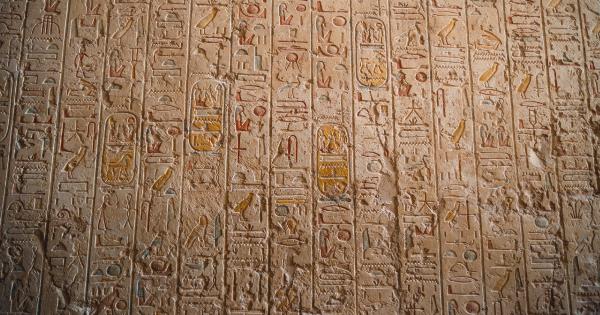Throughout history, the lamb or goat has played a significant role in various cultures, cuisines, and traditions. These humble animals have served as a source of sustenance, clothing, and even religious symbolism.
However, in recent times, the fate of these creatures has taken an unexpected turn. This article delves into what has happened to the lamb or goat, exploring their changing status, significance, and the factors influencing their fate.
The Importance of Lambs and Goats in History
Lambs and goats have held immense importance throughout history, especially in agricultural societies.
These animals were not only valued for their meat, milk, and wool but also for their ability to graze on various terrains and withstand harsh conditions. In many ancient civilizations, such as those in Mesopotamia, Egypt, and Greece, lambs and goats were associated with fertility and abundance, as their survival and reproduction directly affected the prosperity of communities.
Cultural Significance
The cultural significance of lambs and goats stretches across different regions and religious beliefs.
For instance, in Judaism, the Passover holiday involves the sacrifice and consumption of a roasted lamb, symbolizing the liberation of the Israelites from slavery in Egypt. In Christianity, lambs hold a spiritual significance, with Jesus often referred to as the “Lamb of God” and imagery of lambs representing innocence and sacrifice.
Similarly, in Islamic traditions, the sacrifice of a goat or lamb during Eid al-Adha commemorates the willingness of Ibrahim (Abraham) to sacrifice his son as an act of obedience to God.
Shifts in Dietary Preferences
In recent years, there has been a noticeable shift in dietary preferences, which has had an impact on the demand for lamb and goat meat.
With the rise of intensive animal farming, poultry and pork have become more affordable and readily available options, leading to a decrease in the consumption of lamb and goat meat in many Western countries. Additionally, cultural assimilation and changing taste preferences have influenced the popularity of specific meat types, contributing to a decline in demand for lamb or goat.
Environmental Concerns and Conservation Efforts
Environmental concerns have also played a role in shaping the fate of lambs and goats.
The livestock industry, including sheep and goat farming, has been attributed to various ecological issues such as deforestation, greenhouse gas emissions, and soil degradation. As a result, conservation organizations and governments have implemented measures to mitigate the environmental impact of livestock farming, leading to stricter regulations and increased scrutiny on the industry.
Substitutes and Alternatives
The availability of substitutes and alternatives has further affected the demand for lamb and goat products. As consumers seek healthier and more sustainable options, plant-based alternatives, such as tofu and seitan, have gained popularity.
These alternatives provide a cruelty-free and environmentally friendly choice, reducing reliance on animal-based products. Additionally, the development of lab-grown meat offers a potential solution for those who want to enjoy the flavors associated with lamb or goat without the ethical and environmental concerns.
The Rise of Tourism and Ecotourism
While the consumption of lamb and goat meat may have declined in some regions, the rise of tourism and ecotourism has provided a new avenue for these animals.
In many rural areas, specifically in countries with a rich agricultural heritage, visitors are offered the opportunity to witness traditional farming practices involving lambs and goats. This not only generates income for local communities but also helps preserve cultural traditions and breed diversity.
Revival of Traditional Cuisine and Food Movements
Despite the changing dietary preferences, there has been a resurgence in interest surrounding traditional cuisine and food movements. In recent years, efforts to promote local, sustainable, and traditional foods have gained momentum.
This has led to a renewed appreciation for dishes that incorporate lamb and goat meat, as they symbolize cultural heritage and authenticity. The farm-to-table movement and the emphasis on supporting local farmers have also contributed to the revival of these traditional ingredients in certain culinary circles.
Adaptation in the Fashion Industry
In addition to being a source of nourishment, lambs and goats have long provided wool and skins for the fashion industry. However, growing concerns over animal cruelty and sustainability have prompted significant changes in the industry.
This has led to the utilization of ethical and cruelty-free alternatives, such as faux fur and synthetic fibers. Though the demand for lamb and goat products in the fashion industry may have decreased, sustainable fashion initiatives continue to explore innovative ways to incorporate wool and materials derived from these animals.
The Future of Lambs and Goats
As we look to the future, it is clear that the fate of lambs and goats is intricately linked to various factors such as dietary shifts, environmental concerns, and cultural revival.
While the demand for their meat and products may fluctuate, these animals will persist in their roles as cultural symbols, contributors to sustainable agriculture, and reminders of our shared history. Adaptation and finding a balance between cultural significance, ethical considerations, and environmental impact will be crucial in guiding the future trajectory of the lamb and goat.






























